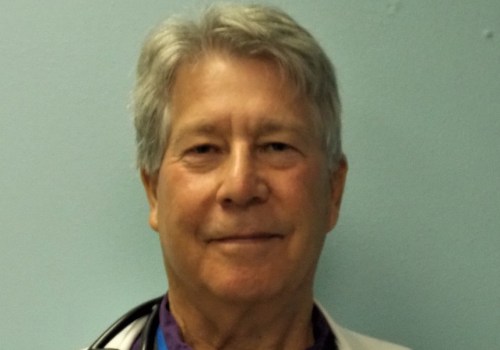This 3-part series explores the rising costs of medical care and why our care hasn't necessarily improved. In the 1960s, health spending increased by an average of 8.9% per year, and households paid 44% of all medical expenses out of pocket. Today, the pressure on our vast health system in the U. S.
is immense, with federal cash inflows seeking to underpin the collapse of hospitals under the burden of testing and treatment. The U. has long led other industrialized countries in high spending on health care, yet achieved a low cost in terms of health outcomes and the percentage of the population served. This high cost of health care affects everyone, sick or healthy, reducing individual purchasing power over the past few decades.
US workers' wages have risen, but net pay has stayed the same due to rising health insurance charges. So why is medical care so expensive in the U. S.? There are six underlying reasons: complexity of the system, managed care plans, administrative costs, lack of government regulation, pay-per-service model, and lack of social support systems and long-term care. The health care system is extremely complex, with separate rules, funds, enrollment dates, and out-of-pocket costs for employer-based insurance, private health care insurance, government programs like Medicaid and Medicare, and more.
Consumers must choose from several levels of coverage, plans with high deductibles, managed care plans (HMO and PPO), and pay-as-you-service systems. Managed care plans (HMOs and PPO) can reduce health care costs by requiring prior authorization to see an expensive specialist or using a nurse practitioner instead of a family doctor. However, providers must deal with countless regulations on usage, coding and billing - activities that account for the bulk of administrative costs. The lack of government regulation also contributes to high costs - unlike many other developed countries that control costs by having the government play a greater role in negotiating health care prices. The Affordable Care Act focused on ensuring access to health care but maintained the status quo to encourage competition among insurers. The pay-per-service model also drives up prices - patients are charged based on the services they receive and there is less use of primary care because it encourages overuse.
Finally, the U. spends less than other countries on social support systems and long-term care. The underlying motive for making money has a domino effect that increases prices - insurance companies spend a tremendous amount of money on utilization review to determine if a medical service is covered by a particular plan; private insurance companies pay almost two and a half times what Medicare would have paid for the same medical service at the same facility; and government does not regulate what most healthcare companies can charge for their services. It is urgent to reduce overspending to help stretch medical and hospital resources to cope with pressure on the overall system. To make things more affordable, we need universal health care in which everyone is guaranteed access without suffering financial hardship; more competition among insurers; better regulation of healthcare companies; and more investment in social support systems and long-term care.






